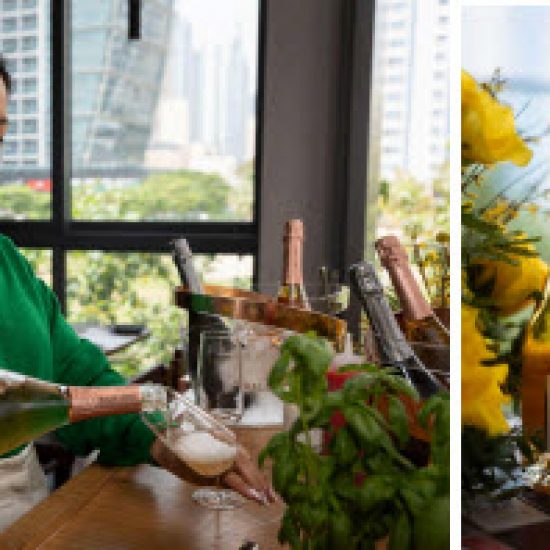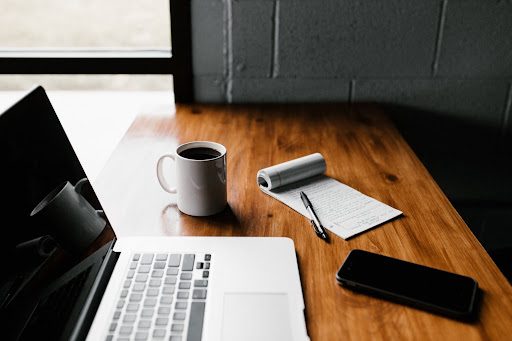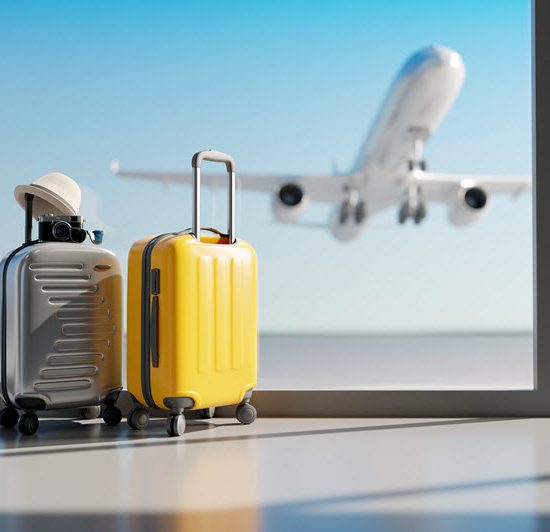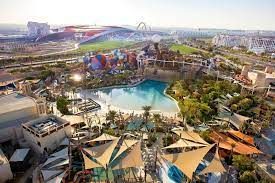
One minute I’m in an office in Dubai’s Jumeirah Lakes Towers; the next, I have been transported to the grounds of a villa in the Sheikh Zayed Housing Programme. I scan the garden – there’s a ball by my feet, so I pick it up and toss it out of the way. Next, I teleport myself just inside the front door. I take a wander around the interior, opening and closing doors, switching on lights and admiring the view from the bedroom window. The decor isn’t quite to my tastes, so with the click of a button, I swap the flooring for a lighter wood and change the colour of the sofa to a jaunty blue.
Such is the power of virtual reality. No longer the mainstay of millennial gamers, virtual reality (VR) and augmented reality (AR) are making their way into the mainstream. According to Goldman Sachs Research, by 2025, this will be an US$80 billion (Dh294bn) market – roughly the size of the current desktop PC market. “We think [VR and AR have] the potential to transform how we interact with almost every industry today, and we think it will be equally transformative both from a consumer and an enterprise perspective,” says Heather Bellini, business unit leader, telecommunications, media and technology, at Goldman Sachs Research.
It’s anticipated that the gaming sector will still account for the lion’s share of AR and VR usage in 2025 – but health care, retail, engineering and education are all set to be shaken up by these emerging technologies. So, too, will the property and interior-design sectors. Real-estate developers around the world are already using VR to aid in their sales process, offering their clients virtual walk-throughs of their off-plan properties to give them a more realistic idea of size, dimensions and finishes. Interior designing courses in Dubai and other relevant degrees offered across the globe would soon incorporate VR for a more immersive learning.
Similarly, interior design companies that are ahead of the curve are looking at ways to incorporate VR into their creative processes – being able to show clients what a three-dimensional design looks like while it’s still in the planning stages prevents misunderstandings and costly mistakes later on, and enables clients to make tweaks as they go along.
My virtual wander around the Sheikh Zayed Housing Programme comes courtesy of Takeleap, a Dubai-based technology agency that specialises in AR and VR. The company has worked with a number of high-profile organisations and government entities to create everything from an artificial intelligence (AI) programme (the first ever developed in the Middle East); to immersive experiences for Mastercard that promote the brand’s vision of a cashless society; and virtual tours of Mars for the Mohammed bin Rashid Space Centre. In this instance, during a one-of-a-kind event designed to inspire space enthusiasts, Takeleap created a virtual representation of what the journey to Mars would look and feel like, and then encouraged visitors to take a walk on the surface of the Red Planet.
The rapid uptake of VR and AR is reflected in Takeleap’s own growth – it has expanded from two members of staff to 67 since it was founded in 2013, and last year, was on Forbes Middle East’s list of 50 UAE start-ups to watch.
Salman Yusuf, managing director of Takeleap, offers a simple breakdown of what the terms AR and VR actually mean. “AR is a digital overlay on the real world. It’s that simple. That digital overlay could be lines; it could be 3-D elements; it could be text or pictures or anything else. When you put your car into reverse gear and those two lines come up on your rear camera screen, that’s AR. Meanwhile, VR is about placing yourself in a digital environment. It’s often referred to as an immersive experience. There’s also a new term on the market now: mixed reality. This can work with AR and VR, and is an overlay of digital content on the real world that you can interact with.”
VR and AR may be the new frontier in real estate and interior design, but the use of the technology isn’t restricted to large multinationals and government agencies. Because all that you really need is a smartphone and some kind of head-mounted device – which can be picked up for as little as Dh25 – this technology is accessible to all. In the interiors sphere, it’s already trickling down to the consumer in the shape of free apps such as Planner 5D.
As with many great ideas, Planner 5D was born out of a personal need, according to Alexey Sheremetyev, one of the company’s founders. “Both founders were designing their own homes – a country house and a city apartment – and we felt that we needed to have a tool that would help us visualise our ideas. We created a prototype of the app, which was later chosen by an accelerator programme.”
Planner 5D users start by entering the dimensions of their chosen room. They can then fill that space by selecting furniture and accessories from a series of constantly updated catalogues featuring about 3,000 items for the home. Users can move furniture around, adjust colours, materials and design details, see their designs in 2-D or 3-D, create renders and then share them with friends or on social media. To experience their redesigned room in all its glory, users simply have to slip on a pair of Google Daydream goggles, turn the virtual-reality mode on and then step into their space.
“Our app allows people to fantasise and to be creators of their reality,” Sheremetyev says. “Some users get really creative, and we end up seeing shapes and forms in their final renders that we didn’t know existed – and then it turns out that someone used a coffee-table top, enlarged many times, as the basis of their wall paint.”
Planner 5D has now been used by 18 million people around the world, with more than 100,000 users daily. Sheremetyev feels confident that the Middle East will be an important growth area for the company moving forward. “The Middle East is definitely high on our target user list, and all our apps are translated into Arabic,” he says.
“We know that people in the Middle East are very meticulous about their home design, and also interested in the newest technology, so we hope that our products will keep growing in this market. We feel we are on the brink of big growth in the whole Middle East region.”
VR and AR may be on an upwards swing, but both Yusuf and Sheremetyev acknowledge that there’s room for improvement. One issue for me is that the visuals aren’t yet photorealistic – they still look like renders, rather than the real thing. It’s possible to make things look completely lifelike, but the cost of doing so at present is still too high to be commercial viable, particularly when it comes to consumer applications.
“A photo still looks more appealing to people than a render,” Sheremetyev agrees. “One of the challenges for virtual reality is to convey an emotion that can only be transmitted with a real-life photo, and virtual-reality technology still has room for improvement. However, we definitely see virtual reality as the future of home design as the technology keeps improving.”
As Sheremetyev points out, the technology is still catching up with the promise. “When mobile devices will be able to show at least 8K images for each eye through virtual-reality goggles, and processors will be able to render them at similar speeds, the images will become more realistic and lifelike. Currently, the idea precedes the technology,” he says.
And just as VR and AR are entering the mainstream, those in the know are setting their sights on the next big thing. “When it comes to interior design, we imagine that in the near future virtual reality will be closely connected with AI to create lifelike user experiences,” Sheremetyev predicts.
“With the help of AI, users’ wishes will be guessed before they even think about a solution, and reflected through virtual-reality goggles. An algorithm will travel through someone’s projects looking for patterns.
“For example, some people tend to lean towards lighter wall colours and Italian-style furniture. So when a person chooses their wall colour, the system will suggest furniture that they might like – and everything will be shown in real-life virtual-reality technology.”
Also published on Medium.








